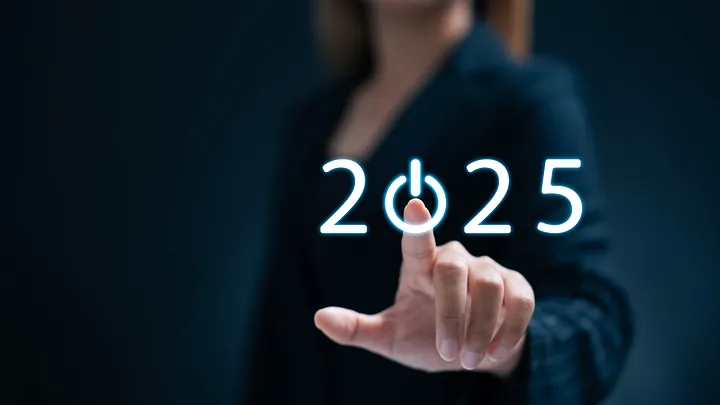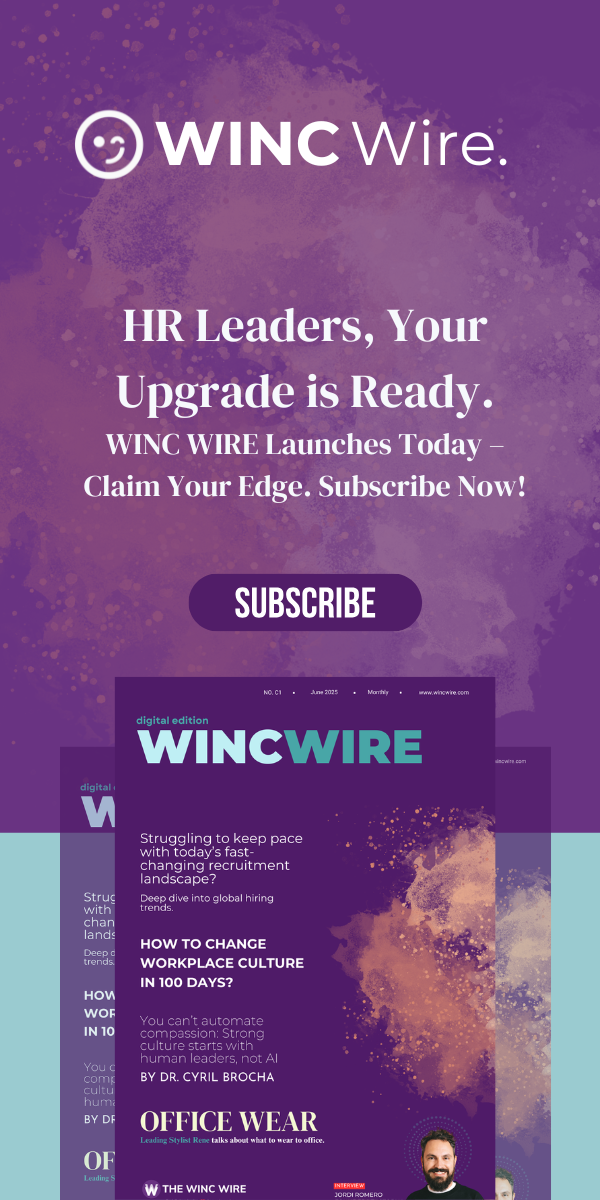A practical blueprint for shaping future-ready, people-powered organisations
As 2025 draws near, the world of work is shifting faster than ever. Yet amidst the swirl of technological advancement and shifting employee expectations, HR leaders are no longer just keeping up—they’re laying the tracks. The most progressive among them are leaning into transformation, not just to support change but to architect it. The real question now isn’t “What’s next?” it’s “Where will we make the deepest impact?”
In this new era, human resources isn’t a function. It’s the rhythm of an organisation’s future.
1. Wellbeing as a Strategic Cornerstone
Gone are the days when well-being was an optional extra, a box to tick with fruit bowls and fitness schemes. In 2025, it’s a defining element of organisational health and a strategic imperative.
Think of wellbeing not as a programme, but as a foundation. It must be woven into the fabric of your culture. That means leaders modelling healthy boundaries, workloads that empower rather than overwhelm, and environments where psychological safety isn’t a campaign it’s a commitment.
- Offer support that meets real, lived needs—be it financial literacy sessions, caregiver support, or neurodiversity inclusion.
- Measure impact through data: absence rates, productivity metrics, satisfaction levels.
- Be agile. When something doesn’t land, adjust without delay.
A culture that nurtures wellbeing creates teams who are not only healthier, but also more imaginative, loyal, and ready to meet the future with clarity and energy.
2. Moving from Diversity to a Sense of Belonging
Diversity and inclusion have become familiar refrains in the HR vocabulary. But in 2025, it’s no longer enough to bring people to the table—we must ensure they feel they truly belong there.
This shift is about human warmth over policy. Belonging is a lived experience, not a spreadsheet.
- Create listening loops—deep ones. Use surveys, one-on-ones, and community groups to uncover where your culture welcomes, and where it wavers.
- Equip leaders with the tools to nurture inclusive teams and foster psychological safety, especially in moments of challenge.
- Be accountable. Publish your metrics. Celebrate progress openly.
Belonging isn’t a moral accessory—it’s the fuel of innovation, resilience, and retention.
3. Humanising the Power of HR Technology
Technology has long powered HR operations. But in 2025, the real transformation lies in how tech supports deeper human connection, sharper strategy, and more insightful decision-making.
Automation is no longer a novelty it’s a necessity. But automation with empathy? That’s a competitive advantage.
- Free your teams from repetitive admin—automate payroll, rostering, and performance workflows.
- Use predictive analytics to understand churn, skills gaps, and learning needs—then act on them.
- Ensure tech tools enhance humanity, not replace it. AI can triage queries, but it’s the human voice that builds trust.
With the right tech stack and a people-first lens, HR transforms from a cost function into a catalyst for growth.
4. Building Leadership for an Unpredictable World
The future won’t be led by those who know the answers, but by those willing to explore the questions. Leadership development must now evolve from traditional frameworks to dynamic, inclusive, and future-facing models.
Leaders must become not just decision-makers, but navigators of ambiguity.
- Cultivate adaptability—teach leaders to embrace uncertainty, respond with empathy, and pivot with confidence.
- Democratise development—leadership shouldn’t be reserved for the few. Open pathways across all levels.
- Personalise learning journeys to individuals’ values, goals, and working styles.
Investing in leadership is investing in the organisation’s future resilience, integrity, and cultural clarity.
5. Redesigning Talent Strategies for a New Era
The talent landscape has shifted irreversibly. Salaries are no longer the sole driver. Meaning, flexibility, and long-term opportunity now shape career decisions more than ever.
In 2025, talent strategy isn’t just about recruitment. It’s about designing a compelling, human-centred employee experience from day one.
- Expand your view—consider freelancers, career returners, global remote hires, and cross-sector pivots.
- Make growth visible—offer clear career pathways and mentorship that inspires progression.
- Embed flexible work as a standard, not a benefit.
This is your moment to create a workplace that people don’t just work for, but believe in.
Looking Ahead: A Call to Brave, Human-Centred Action
2025 won’t reward caution. It will reward clarity, courage, and a deep commitment to people-first progress.
By embedding wellbeing, nurturing belonging, embracing empathetic technology, growing adaptive leaders, and reimagining talent, HR has the power to architect not just the future of work, but a better version of it.
Let’s Continue the Conversation
If these ideas resonate, you’re not alone. I regularly share reflections and practical strategies drawn from global experience in HR, hospitality, automotive, and transformation leadership.
Follow me on LinkedIn for fresh thinking on leadership, workplace culture, and the business of people. Let’s build cultures of excellence—together.




